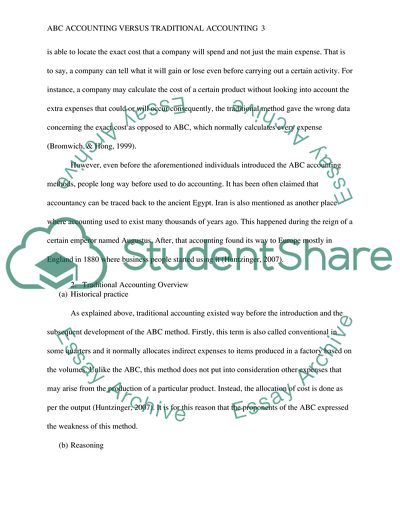Cite this document
(“ABC accounting versus Traditional Accounting Research Paper”, n.d.)
Retrieved from https://studentshare.org/finance-accounting/1668792-abc-accounting-versus-traditional-accounting
Retrieved from https://studentshare.org/finance-accounting/1668792-abc-accounting-versus-traditional-accounting
(ABC Accounting Versus Traditional Accounting Research Paper)
https://studentshare.org/finance-accounting/1668792-abc-accounting-versus-traditional-accounting.
https://studentshare.org/finance-accounting/1668792-abc-accounting-versus-traditional-accounting.
“ABC Accounting Versus Traditional Accounting Research Paper”, n.d. https://studentshare.org/finance-accounting/1668792-abc-accounting-versus-traditional-accounting.


